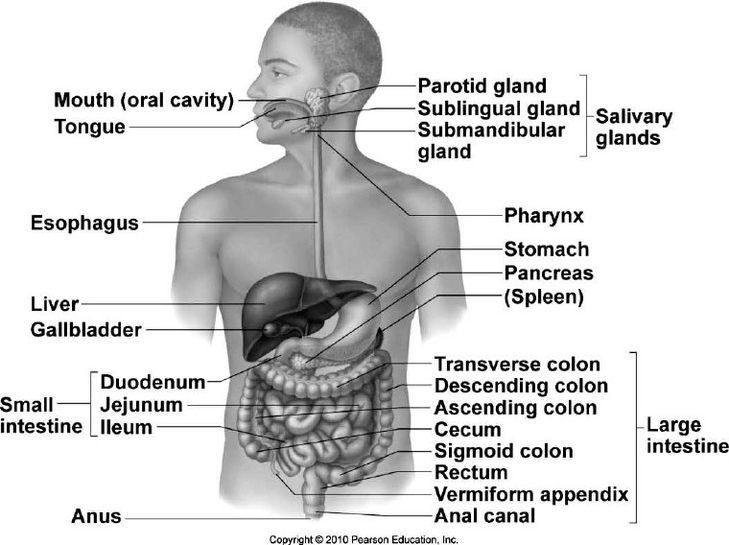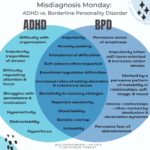The abdomen, a crucial region of the human body, lies between the chest (thorax) above and the pelvis below. It extends from the spine in the back to the abdominal muscles in the front, with the diaphragm serving as its upper boundary. Unlike other body cavities, the abdomen lacks a clear-cut boundary between itself and the pelvis.
Let’s delve into the intricate details of abdominal anatomy, focusing on its major components:
1. Muscles of the Abdomen:
– The abdominal muscles play a vital role in protecting the organs beneath and providing structural support for the spine. These muscles facilitate bending at the waist.
– Rectus Abdominis: Located in the front, this muscle aids in flexing the spine.
– External Obliques: Situated on the sides, these muscles contribute to twisting and bending movements.
– Latissimus Dorsi: Found in the back, these muscles assist in various upper body movements.
2. Major Organs:
– Stomach: The stomach resides in the upper part of the abdomen. It plays a central role in digestion by breaking down food using gastric juices.
– Small Intestine: This convoluted tube extends from the stomach and is responsible for nutrient absorption.
– Large Intestine (Colon): The large intestine absorbs water and electrolytes, forming feces.
– Liver: Positioned in the upper right part of the abdominal cavity, beneath the ribs, the liver performs multiple functions. Notably, it processes blood, separating waste from nutrients.
– Gallbladder: A small sac beneath the liver, it stores excess bile produced by the liver. Bile aids in fat digestion.
– Pancreas: This gland produces enzymes essential for digesting proteins, carbohydrates, and fats. It also regulates nutrient distribution, including sugar levels.
– Kidneys: Two bean-shaped organs, located near the back and under the ribs, filter waste from the bloodstream. They also help regulate electrolyte levels and produce hormones.
– Suprarenal (Adrenal) Glands: Atop the kidneys, these glands synthesize hormones that conserve sodium and support sexual functions.
3. Key Bones:
– The abdominal area includes the base of the ribcage and the lumbar spine in the lower back. These bones provide essential structural support.
4. Health Concerns:
– Many health issues originate in the abdomen due to the critical organs housed there:
– Digestive Problems: Stomach and intestinal issues, such as peptic ulcers.
– Cancers: Colon cancer and other abdominal malignancies.
– Muscle Strains: Pulled or strained abdominal muscles.
– Liver Conditions: Cirrhosis of the liver.
– Renal Disorders: Kidney-related concerns.
– Gastrointestinal Disturbances: Various digestive disorders.
In summary, the abdomen serves as a hub for digestion, waste elimination, and vital organ protection. Its intricate interplay of muscles, organs, and bones ensures our overall well-being..



